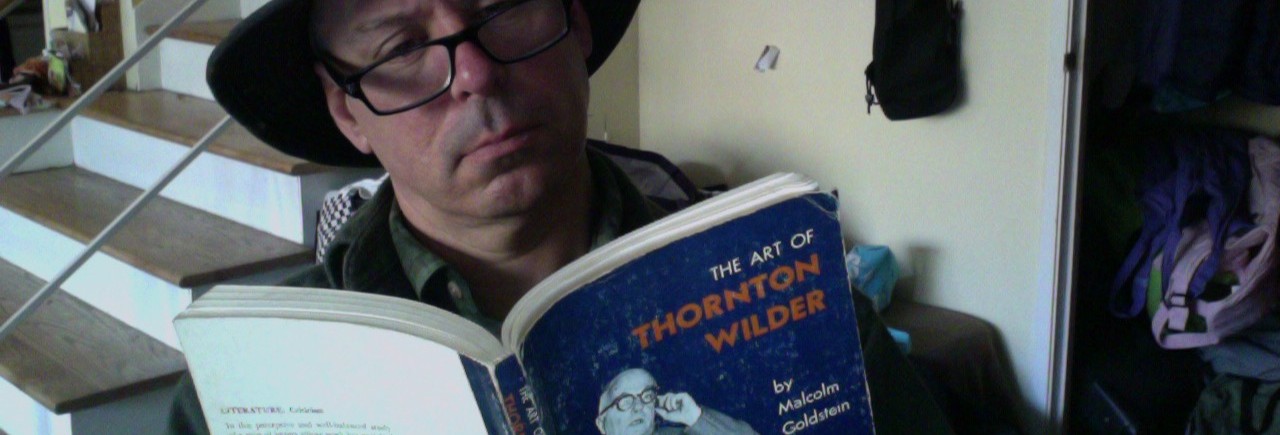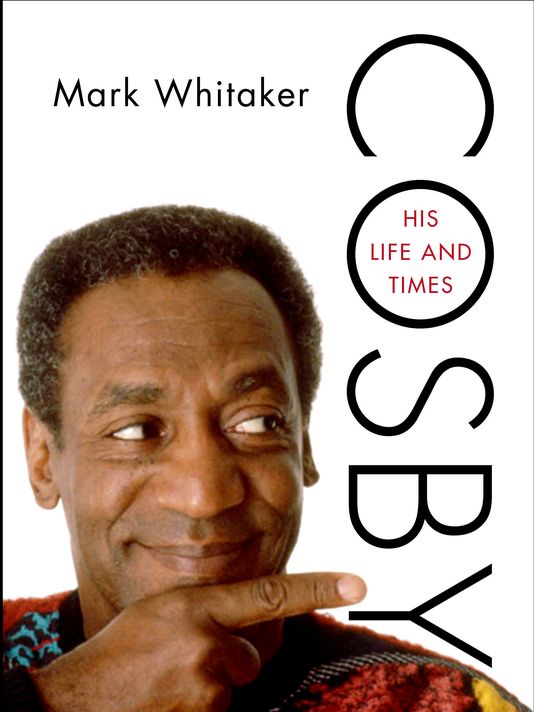Cosby—His Life and Times
By Mark Whitaker (Simon & Schuster, 2014)
Mark Whitaker writes the biggest Bill Cosby biography yet, and what happens? The book (which is as close to “authorized” as a biography gets without using that word on its cover; Cosby and “more than sixty of his closest friends and associates” sat for fresh interviews) gets upstaged by a chunk of Hannibal Buress’s stand-up set focusing on rape allegations against Cosby.
Whitaker doesn’t shy away from controversy. Phrases found in the index include “racial themes avoided in,” “temperamental outbursts of,” “black youth criticized by,” “gangsters in private meeting with,” and “cigar smoking of” (19 separate citations for that one) as well as “womanizing and infidelities of.” It’s true that rape charges are barely dealt with here, but there is an awful lot about the child Cosby fathered with Autumn Jackson, and the press attention and lawsuits which emanated from that.
Not in the mood for scandal myself, I was just happy to find a wide-ranging bio that gives as much attention to I Spy and Cosby’s stand-up career as it does to The Cosby Show. I came to the book expecting to learn about forgotten or little-known Cosby projects. I searched Cosby—His Life and Times, mostly in vain, for any theater-type anecdotes. Turns out Cosby went straight from stand-up to TV acting, wasn’t part of any real artistic communities in his youth. One of his first stage experiences, in grade school, involved singing showtunes. His wife Camille become something of a theater producer, investing in Having Our Say and other shows. But the multi-pronged Bill Cosby career doesn’t really have a theater prong.
Whitaker does, however, appreciate the intricacies of live performance. Easily a third of his book deals with Cosby’s rise as a stand-up performer and recording artist, and Whitaker’s very good at describing how the East Village clubs where Cosby first got noticed were very different from the large rooms he was being thrust into. He also examines how Cosby was able to carefully maneuver the overt racism of the mid-20th century and gain mainstream success where other talented black performers had been marginalized. He gives insights into how clubs, performers and managers behaved back then. He notes how coffeehouses turned into jazz clubs and jazz clubs turned into theaters and how much the entertainment industry was changing in the 1960s.
There’s an air of deference in Cosby—His Life and Times that will certainly dismay those who’ve been swept up in Hannibal Buress’ provocative (and, it must be said, daring and funny) routine. But the point of this book is to show the depth and breadth of Cosby’s life and work. Hannibal Buress’ criticism works best if you only think of BIll Cosby as the gentle, sweatered dad he played on his ‘80s sitcom. Cosby—His Life and Times doesn’t let you generalize like that.

